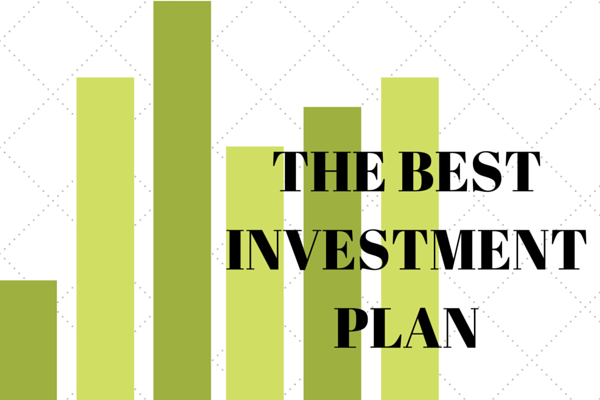Why does an investor end up with a bloated mutual fund portfolio? This is a question I ask everytime I see one. I want to know the reasons, specially the investor’s thinking in doing so.
Here’s how a mutual fund portfolio is looking.
(Click on the image to download it)
First, some quick observations:
- The portfolio has 43 unique schemes, 63 if you count the variations
- Almost every category of funds finds a place in the portfolio; It looks like a collector’s edition.
- Investor is under the influence of recent past performers and star ratings for fund selection
- There is little clarity on when to invest and how much to invest. There are SIPs, STPs running along with Lumpsum investments.
- Attempt to switch to direct plans, wholesale. Basically, the same mess at a lower cost.
All things are created twice – first in the mind, then in reality. – adapted from Stephen Covey in The 7 Habits of Highly Successful People
There’s more to this mutual fund portfolio
As I drill deeper, I uncover some more portfolio insights.
All, except one, schemes have less than 10% weightage in the portfolio (even counting for growth & direct plans as one). The sad part is that no one scheme has the power to make any significant positive contribution to the portfolio.
The asset allocation is skewed. The investor, whose risk profile is aggressive, is probably not aware of either the risk profile or the asset allocation.
His exposure to equity can be upto 80% in the overall investment portfolio. The current overall portfolio has just half of it in equity and rest is non equity. Which is fine, if this is tactical allocation for the current environment, but that doesn’t seem to be the case.
Several hybrid equity funds are present in the portfolio. There seems to be no other reason except past returns. Unknowingly, while this reduces risks, it also brings additional allocation to fixed income / bonds to the portfolio.
Now, 43 schemes is large by any stretch of imagination. There are 15 flexi/multicap funds in the portfolio. Of course, many large caps too. Not to forget the overkill in mid and small caps.
There is no thought process on what unique strategy any fund brings to the portfolio. That qualifies for over^(n) diversification or diworsification.
I recall my favourite statement.
The portfolio looks like a market index fund paying active management costs.
Unstructured thinking and the costs
Yes, that’s the reason any investor gets into the mess as above. One big downside of such an unstructured, bloated portfolio is that you may end up paying a lot more in transactions costs and taxes, thus further affecting your returns.
Not to mention the sheer number of decisions that you need to take in such a portfolio can freeze you. Now, if you are lucky, it can still ride you, but isn’t that taking a lot of chances?
Keep it simple
It doesn’t need rocket science to build your financial plan and a decent investment portfolio that will drive you towards your goals.
Here are some steps that you can use.
- Decide your goals, what you want your money to do for you
- Take an assessment of where you stand today
- Understand the gap between today and the future needs (run some numbers)
- Align your asset allocation in line with your risk profile
- Don’t become too aggressive with your returns expectation; Instead, focus on saving more.
- Figure out the instruments (Equity MFs, Stocks, Debt MFs, FDs, EPF, PPF, etc) to suit this allocation and investment needs; Let them be unique to serve your needs. Don’t fall for the marketing. About 10 investments (including the govt sponsored ones and 2 to 3 equity mutual funds) should help you do the job.
- Review your plan and investments on a six-monthly or yearly basis to know that you are on track. Make suitable adjustments, as required.
Easier said than done. I know.
Yes, it can feel overwhelming at times and for some investors. Hence, if you can’t do it by yourself, it is worth it to go to an investment adviser and seek the right guidance.
Self or help – do you must!
What do you say?
—
Do not miss out on the LightHouse Newsletter – focused insights and actions to build wealth, be free. Know more and subscribe today.



